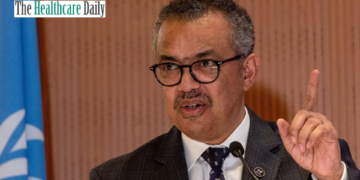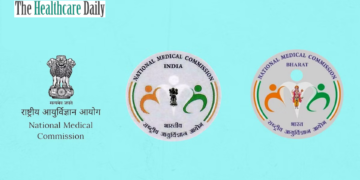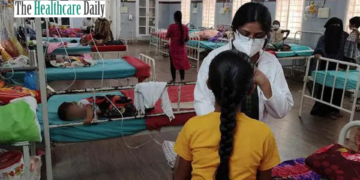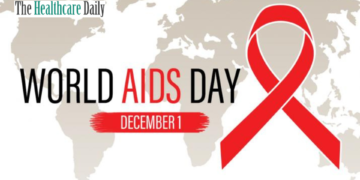THD NewsDesk, NEW DELHI: According to the recent BBC India report published on 15th September by Soutik Biswas, India is facing its darkest hour since the pandemic engulfed the country in its wide-spread wave. Reports are coming from various corners of the country that are pointing towards an alarming scarcity of oxygen cylinders in India’s hospitals. The supply of liquid oxygen, essential for the survival of the Covid-19 patients, is falling short even as the number of coronavirus cases per day witnesses a hike every day.
Many hospitals from Gujarat, Madhya Pradesh, Karnataka, Punjab as well as Jammu and Kashmir have reported the unavailability of medical oxygen, Maharashtra being the worst-hit state amongst them. Maharashtra is grappling with an unprecedented number of coronavirus cases, and it recorded the highest number of single-day deaths on 15th September, as reported by Mumbai Mirror.
Addressing the issue in a press release, Maharashtra CM Uddhav Thackeray mentioned his concrete plan for ensuring an adequate supply of oxygen in hospitals. “Considering the warning given by the World Health Organisation (WHO) that the number of COVID-19 cases will rise in the coming days, the state government has decided to provide 80 per cent oxygen cylinders to hospitals and the remaining 20 per cent to industries. This distribution of oxygen cylinders will be done through a centralised system”, he announced on 7th September.
The situation has taken a frightening turn that demands the immediate attention of the government as hospitals are refusing to take in more patients for fear of not being able to provide treatment.
“There is a situation where we have to monitor as to which patients we can manage by reducing the flow safely and with which patient there is no possibility of any compromise at all,” Dr Thadhani of Niramaya Hospital, Navi Mumbai said as quoted from The Straits Times. “We are not in a position to take fresh ICU admissions until we are not assured of oxygen supply.”
One of the reasons stated by Panvel City Municipal Corporation deputy commissioner Sanjay Shinde is the lack of consensus on the pricing of the cylinders between the hospital and private suppliers.
Many states are also struggling with rising oxygen prices crossing the ceiling price, i.e. Rs.17, as determined by the National Pharmaceutical Pricing Authority last year. The other reasons vary from the unequal distribution of oxygen cylinders to the halting if trucks carrying the cylinder at state borders due to the lockdown guidelines.
“The government has capped the price of oxygen in cylinders but has not capped the price of liquid oxygen. It is like fixing the price of the finished product, but not the price of the raw material,” Mr Tikku, president of All India Industrial Gases Manufacturers Association said throwing light on the inflation of gas prices in India.
According to WHO, coronavirus patients are often found to be having a history of respiratory problems. In such a scenario, low oxygen levels could prove life-threatening for critical patients. Therefore, the emphasis is laid on the ready supply of oxygen during the treatment of the patients. In India, the share of oxygen for medical purposes roughly accounts for 15% of the total supply. Understanding the grave crisis India is facing as it stands at second rank in terms of the coronavirus caseload, a well-planned structure should be charted out to guarantee the provision of a standard amount of oxygen in public hospitals.
It has become the imperative of the Indian government to ensure that all private suppliers follow a standard pricing system, and the ceiling price is not exceeded. Today’s scenario looks grim, but if appropriate measures are taken by the government to ascertain the uniform distribution of oxygen cylinders to the states in dire need of it, the crisis that lies ahead can be averted.






















